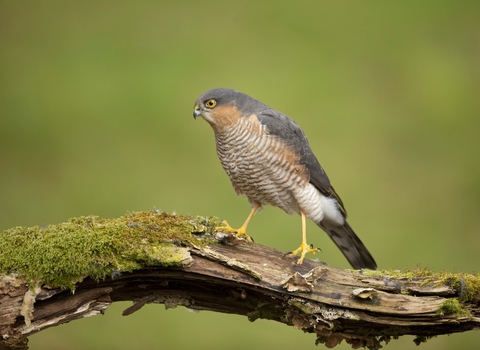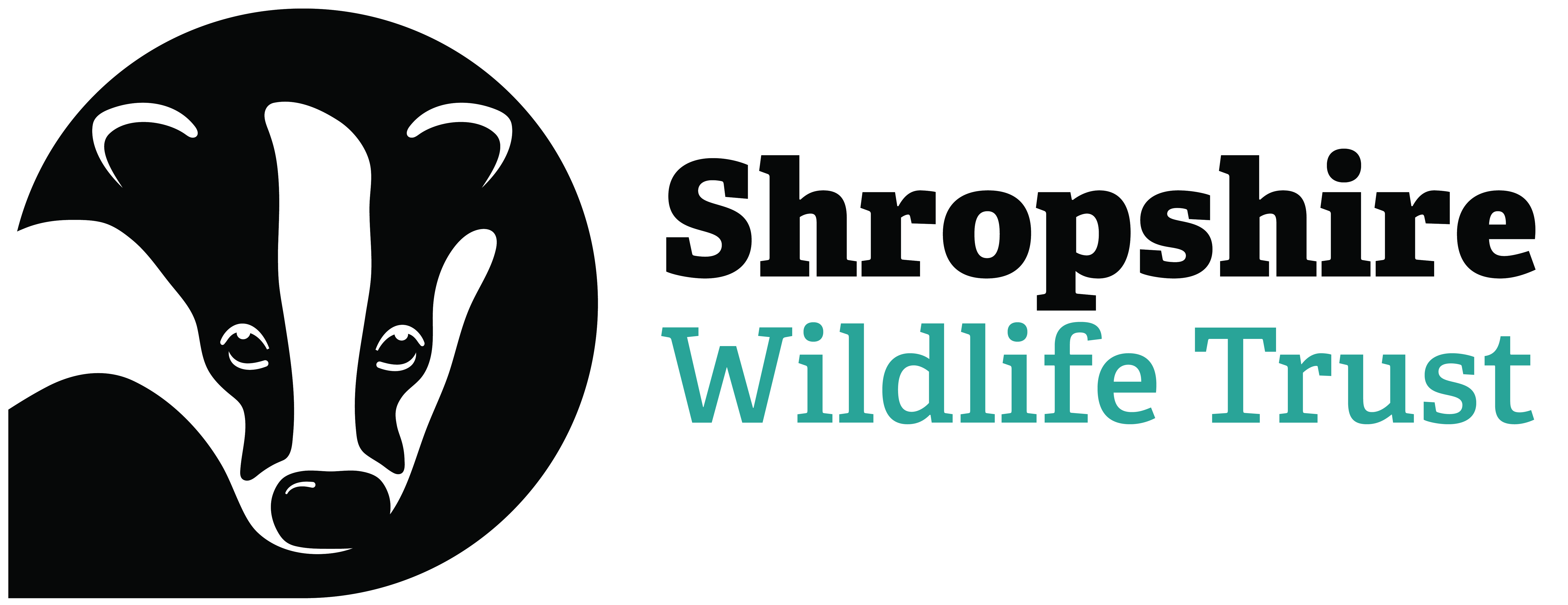
©Mark Hamblin/2020VISION
Sparrowhawk
The sparrowhawk is a small bird of prey that can be found in all kinds of habitats and often visits gardens looking for its prey - small birds like finches, tits and sparrows.
Scientific name
Accipiter nisusWhen to see
January to DecemberSpecies information
Category
Statistics
Length: 33cmWingspan: 62cm
Weight: 150-260g
Average lifespan: 4 years
Classified in the UK as Amber under the Birds of Conservation Concern 5: the Red List for Birds (2021).
About
The sparrowhawk is one of our smallest birds of prey, the male being somewhere between a blackbird and a collared dove in size. The female is larger, up to the size of a feral pigeon. Sparrowhawks are excellent bird hunters, catching small species like finches, sparrows and tits; sometimes they ambush their prey from a perch, while other times they may fly low, suddenly changing direction to fool it.How to identify
The sparrowhawk has rounded wings and a relatively long, narrow tail. Males are small with a blue-grey back and white underparts showing reddish-orange barring. Females are much larger, with browner plumage above and grey bars below. They both have reddish cheeks.Distribution
WidespreadIn our area
Sparrowhawks can be seen across Shropshire. They are often spotted at Wood Lane Nature Reserve. Click here to see the latest sightings.
Did you know?
Female sparrowhawks can be up to 25% larger than males - the biggest size difference in any bird. Its thought that smaller males are more agile when hunting their small-bird prey.Watch
Sparrowhawk (https://vimeo.com/452226766/05b3d4108f)
Sparrowhawk by John Bridges
Sparrowhawks can be seen across Shropshire. They are often spotted at Wood Lane Nature Reserve. Click here to see the latest sightings.

